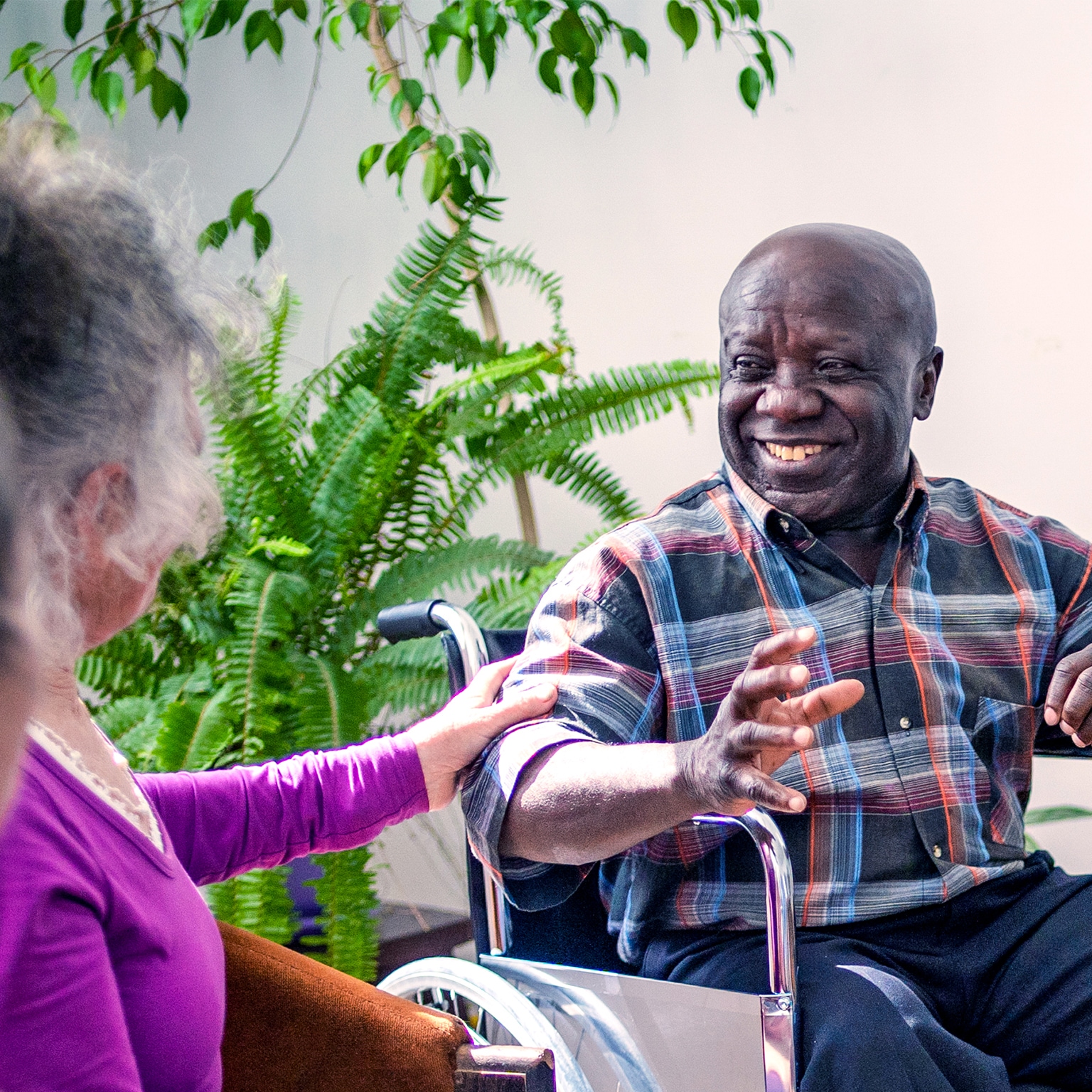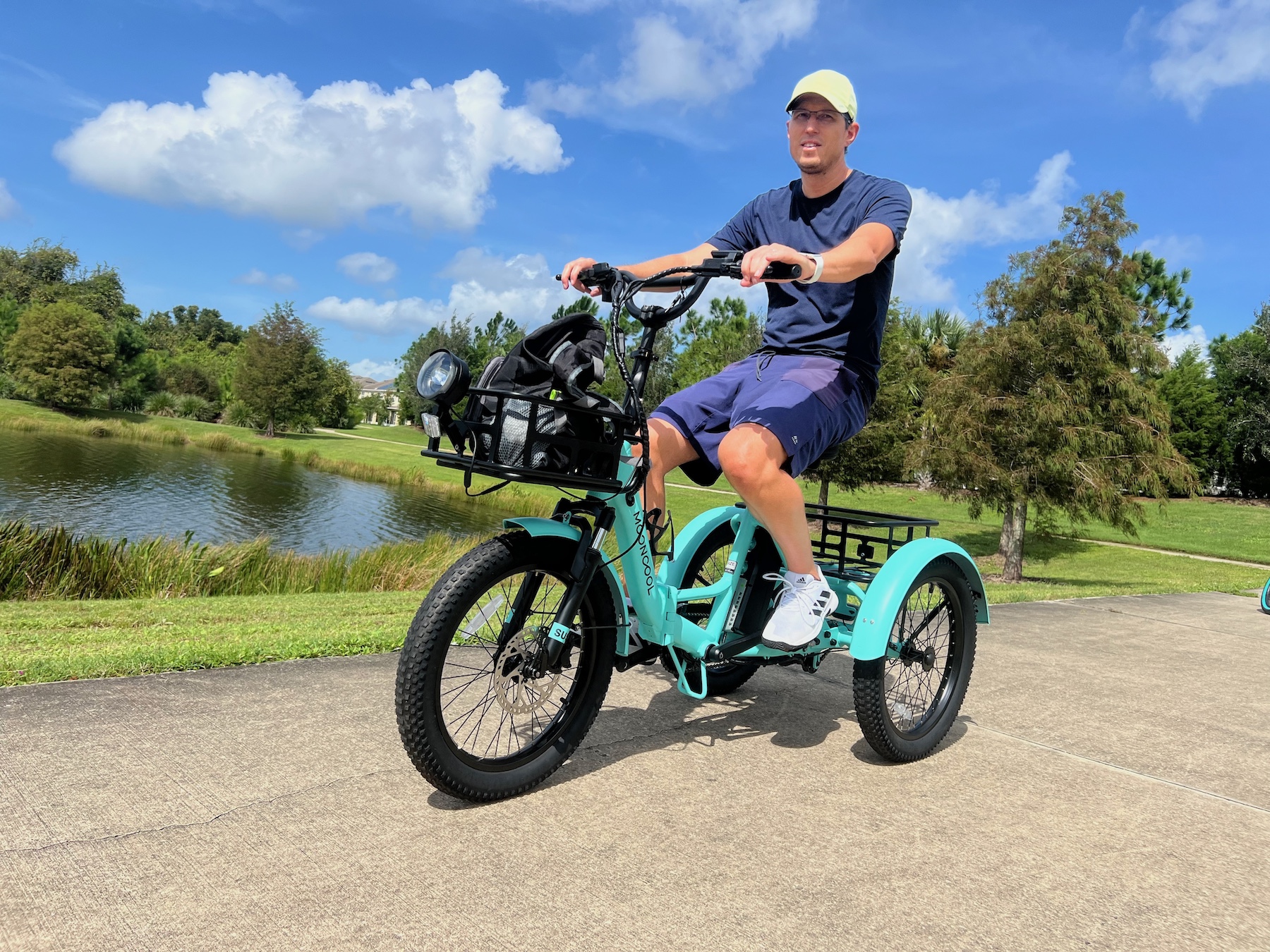Sign up for daily news updates from CleanTechnica on email. Or follow us on Google News!
On September 11, 2001, more than 3000 Americans died in a terrorist attack. America responded with military campaigns that cost trillions of dollars and resulted in tens of thousands of casualties. Last year, more then 40,000 Americans died in motor vehicle collisions. Hardly anyone noticed — except the US Department of Transportation. This week, the DOT unveiled new proposals designed to address the carnage on America’s highways. Those proposals focus on so-called V2X technologies, an offshoot of the internet of things concept that seeks to network all aspects of modern life via the internet.
The internet of things would make it possible for you to know if your water heater is about to spring a leak or if your ice maker is ready to go on the fritz so you can call your repair person before it happens. V2X is like the systems used in airplanes that allow them to talk to each other in flight so they don’t try to occupy the same piece of the sky at the same time. With V2X, a car ahead could warn you about fog or ice around the corner. Smart traffic signals could alert your car that they are about to turn red. Pedestrians and bicyclists equipped with V2X technology would be digitally connected to every car in the vicinity in much the same way as rear cross traffic alerts function in many cars today.
The V2X movement gained momentum during the Obama administration, but was abandoned later. It has taken the Biden administration almost four years to breathe life back into the idea. This time, even the auto industry seems to be in favor. John Bozzella, the head of the Alliance for Automotive Innovation, a trade group that represents automakers, told NPR on August 17 when the new policy was announced that he is optimistic. “This is the reset button. This deployment plan is a big deal. It is a crucial piece of this V2X puzzle.”
V2X Nationwide Initiative
In a press release, the DOT said its Saving Lives with Connectivity plan will guide the implementation of vehicle-to-everything technologies across the nation and support the DOT’s commitment to pursue a comprehensive approach to reduce the number of roadway fatalities to zero. The plan, initially released in draft form for public comment in October of last year, is focused on road safety, mobility, and efficiency through technology that enables vehicles and wireless devices to communicate with each other and with roadside infrastructure. These technologies can enable a safer, more secure, and more efficient transportation system while maintaining privacy and consumer protection, and will contribute to the Safe System Approach adopted by the USDOT’s National Roadway Safety Strategy, a comprehensive approach launched in January 2022 to address the crisis of roadway deaths.
“The Department has reached a key milestone today in laying out a national plan for the transportation industry that has the power to save lives and transform the way we travel,” said US Secretary of Transportation Pete Buttigieg. “The Department recognizes the potential safety benefits of V2X, and this plan will move us closer to nationwide adoption of this technology.”
It is important to note that V2X can refer to two different things. When it comes to charging an electric vehicle, it means the ability to use the car’s battery to power things like power tools and campsites (V2L), or power one’s home (V2H), or send electricity back to the grid (V2G). But in this case, V2X is about connecting cars to each other and the outside world digitally.
“The Plan was drafted and advanced with collaboration across public and private partnerships. It provides stakeholders with vital information to enable a safe, efficient, and sustainable transportation system through the national, widespread deployment of interoperable V2X technologies. The Plan will accelerate investment, research, and deployment in V2X ‘market certainty,” said DOT chief scientist Dr. Robert Hampshire.
V2X allows cars and trucks to exchange location information with each other, and potentially cyclists and pedestrians, as well as with the roadway infrastructure itself. Users could send and receive frequent messages to and from each other, continuously sharing information about speed, position, and road conditions — even in situations with poor visibility, including around corners or in dense fog or heavy rain. “This is proven technology that works,” Shailen Bhatt, head of the Federal Highway Administration, told NPR. The roadway system is safer when all the vehicles are connected, and all the road users are connected, she said.
Safety advocates say V2X technology could help prevent thousands of crashes a year, and also mitigate damage by lowering the speed of impact when crashes do occur. They hope that help will bring down the number of traffic fatalities in the US. “The plan is a vital first step towards realizing the full lifesaving potential of this technology,” said Jennifer Homendy, the chair of the National Transportation Safety Board. “V2X can help reverse the devastating public health crisis on our nation’s roads and fundamentally transform our nation’s transportation landscape,” she said. Homendy joined the press event virtually from Swanton, Ohio, where the NTSB is investigating a series of crashes involving multiple trucks on the Ohio Turnpike this week. V2X technology could potentially have prevented those crashes that killed four people and injured several more, she said.
The plan lays out some goals and targets for the new technology. In the short term, it aims to have V2X infrastructure in place on 20% of the National Highway System by 2028, and for 25% of the nation’s largest metro areas to have V2X enabled at signalized intersections.
V2X & Privacy
V2X technology still faces some daunting questions, including how to pay for the technology and how to protect connected vehicles from cyberattack. That is a critical concern. Every internet connection makes us vulnerable to digital attacks. The number of stories in the news about data breaches is growing. Recently, airlines and car dealers have found their computer systems breached in ways that caused havoc for tens of thousands of people. As control of the electrical grid becomes more digitized, experts warn that skulduggery by foreign powers could cause severe disruptions in service.
There are other concerns. Will pedestrians and bicyclists voluntarily equip themselves with V2X transponders that render them visible electronically not only to automobiles but also to police departments, private investigators, and thieves? Every technology brings both promise and peril. Creating a digital network that keeps us safe from traffic accidents also exposes us to identity theft or worse.
Some of you may be familiar with a song by The Eagles called “On The Border” that touched on the issue of privacy. Here’s a verse from that song: “After a hard day, I’m safe at home, fooling with my baby on the telephone. Out of nowhere, somebody cuts in and says, ‘You in some trouble boy; we know where you’ve been.’” The song is old. Who even knows what a telephone is any more? But the struggle between privacy and technology has gotten infinitely more complex since then.
Personally, I like it when my Chevy Bolt warns me that someone or something is crossing behind me when I’m in reverse. Last fall, a driver of an older vehicle that did not have such technology backed out in front of me as I was riding my bicycle. As a result, I flew over the handlebars, landed on my face, and spent the next 4 weeks in the hospital and a rehab facility. I am just now getting back to normal — or as close to normal as I am likely to get.
How far are we willing to go to make our daily life safer? Different people will have different answers to that question. People rebelled against seatbelts and air bags. Will they rebel against this new digital technology? Some will, for sure, but most of us already carry an electronic device with us everywhere we go that records our every movement and transmits it to Apple or Google or whoever. Perhaps our privacy concerns are less robust than they were a generation or so ago. It will be interesting to see how attitudes about this new DOT plan evolve as it is implemented.
Have a tip for CleanTechnica? Want to advertise? Want to suggest a guest for our CleanTech Talk podcast? Contact us here.
Latest CleanTechnica.TV Videos
CleanTechnica uses affiliate links. See our policy here.
CleanTechnica’s Comment Policy





